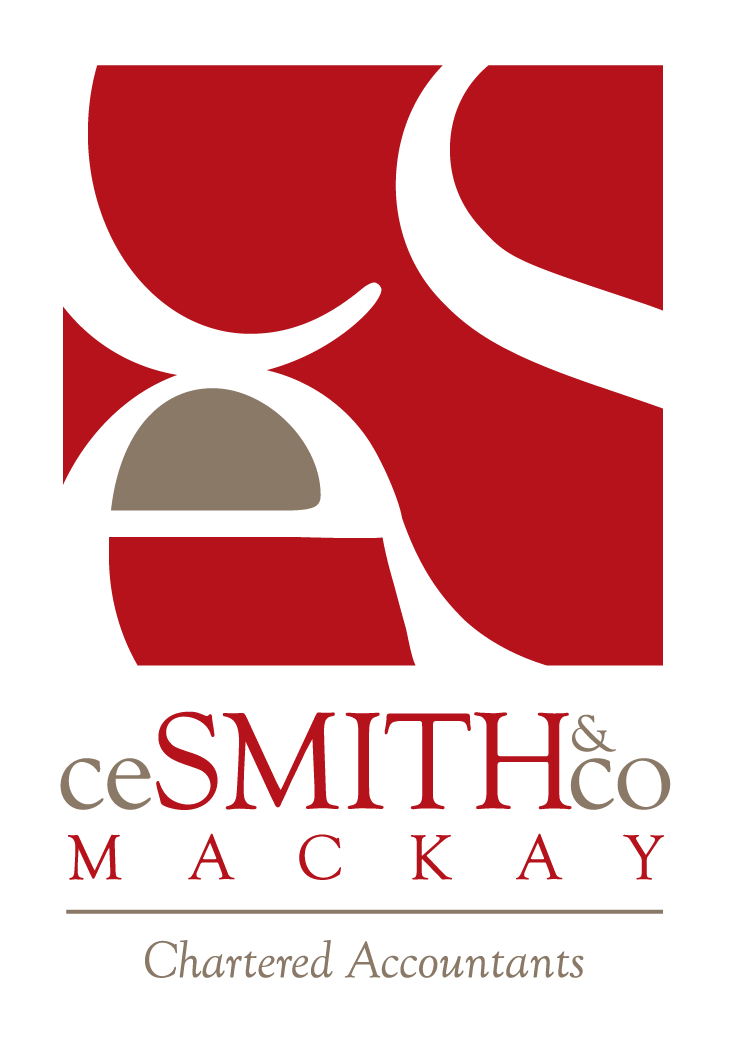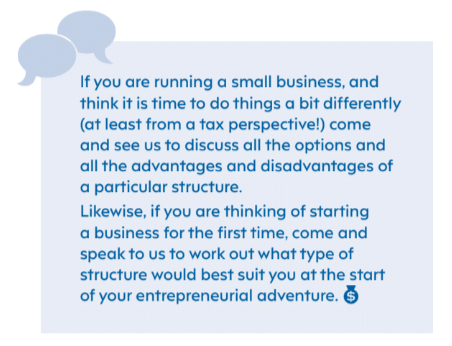What is the right business structure?
If you carry on a business – small or large – the question of which business structure to use always arises – and not just from when you start that business, but also during its operation when it may be beneficial to change from one structure to another.
Essentially, there are four major ways in which you can carry on a business: as a sole trader, in partnership, or through a company or trust – or even a combination of these (eg, in a partnership of companies and/or trusts).
Moreover, each has their own particular advantages and disadvantages – particularly when it comes to taxation consequences (and the benefits thereof).
By way of a simple example, if you operate a business in partnership you have the legal problem of being “jointly and severally” liable for any debts of the partnership (ie, you can be personally liable for all the debts of the partnership even if they were “incurred” by the other partner).
On the other hand, there are not a lot of legal formalities to comply with (unlike a company) and, moreover, from a tax point of view you can generally split the income from the business with the other partner/s in the most tax advantaged manner.
Furthermore, and something that is often forgotten, any tax losses made by the partnership can be attributed to the partners – and can be used to reduce tax on their other income. This may be particularly useful in the early stage of a business when losses are more likely to be made.
This is unlike companies and trusts where the losses remain “locked” in the company or trust until such time that there is income against which they can be offset. And even then there are complex rules that prevent such losses being used in this way if, for example, there has not been underlying “continuity in ownership” of the company or trust.
On the other hand, family trusts at least do in effect allow flexible “splitting” of the income or profits made by the trust in a tax-effective way. And companies and unit trusts also allow the same – but in a somewhat more rigid manner.
However, the key point we seek to make is that you can change the structure of your business at anytime in its operation – and in regards tax, you can do so usually without any adverse tax consequences because of the various concessions and roll-overs that allow you to do so.
For example, if you have been running your business as a sole practitioner or in partnership you can roll-over your business (ie, the assets that comprise it) into a company or trust without there being any adverse tax consequences.
Of course, this is subject to meeting certain eligibility requirements – the main one of which is that you remain the beneficial owner of the business in that you remain the controller of the business in the same way you were before the “roll-over”.
And this is just at the simple end of this type of roll-over. In fact, the roll-over provisions now allow you to even roll-over a small business from whateverstructure into a discretionary trust structure (with all its tax benefits). But again this is in effect subject to the same “continuity of beneficial ownership” existing both before and after the roll-over.
Finally, and crucially, even in the event you trigger a capital gain on restructuring a small business, the CGT small business concessions should apply to allow you to eliminate or greatly reduce the assessable gain – and to roll-over the gain into buying assets for a new business.


